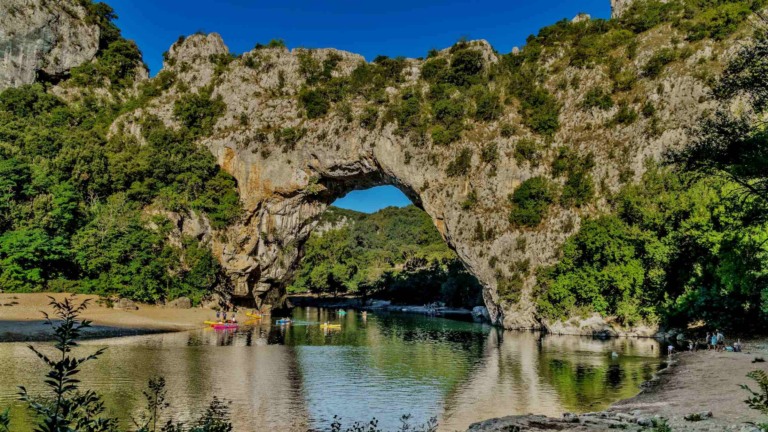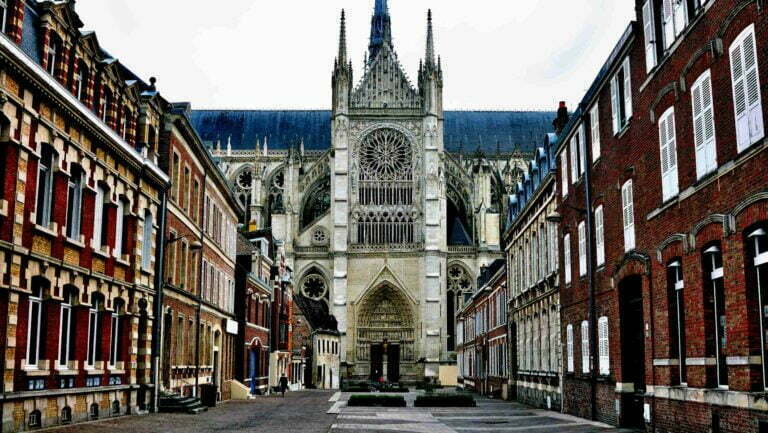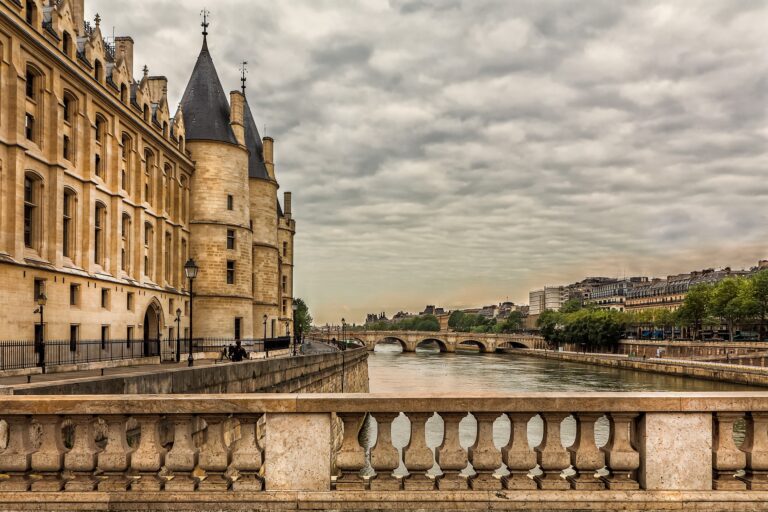The Paris Banks of the Seine are a UNESCO World Heritage Site that encompasses the historic banks of the Seine River in Paris, France. This site is notable for its exceptional concentration of landmarks, monuments, and cultural heritage that have played a crucial role in shaping Paris as one of the most iconic and romantic cities in the world. Here’s why it holds such historical and cultural significance:
Paris Banks of the Seine
1. Historical Significance: The Seine River has been a central feature of Paris since ancient times. It has played a key role in the city’s development, trade, and transportation, making it a vital artery of the city’s history.
2. Architectural Marvels: The banks of the Seine are lined with an impressive array of architectural marvels, including historic bridges, palaces, churches, museums, and government buildings. These structures represent various architectural styles and eras, showcasing the evolution of Parisian architecture over the centuries.
3. Cultural Landmarks: Many of the world’s most recognizable landmarks are situated along the Seine’s banks. These include the Eiffel Tower, The Louvre Museum, Notre-Dame Cathedral, the Musée d’Orsay, the Grand Palais, and the Palais de Chaillot, among others. These landmarks not only contribute to the city’s visual identity but also hold immense cultural and artistic significance.
4. Urban Planning: The layout of Paris has been significantly influenced by the Seine. The city’s neighborhoods, streets, and boulevards have been designed to harmonize with the river’s curves, creating a unique urban landscape that has inspired city planning globally.
5. Literary and Artistic Inspiration: The Seine’s romantic ambiance and scenic beauty have provided inspiration to countless writers, poets, painters, and artists over the centuries. It has been featured prominently in literature, art, and films, capturing the essence of Parisian life and culture.
6. Recreation and Leisure: The Seine’s banks have been an integral part of Parisian social life. Locals and visitors alike enjoy leisurely walks, picnics, and boat cruises along the riverbanks. The river embankments (quais) have become vibrant spaces for socializing and relaxation.
7. Cultural Events: The Seine hosts numerous cultural events, festivals, and celebrations throughout the year. These events showcase Paris’s vibrant arts scene and cultural diversity, further reinforcing the city’s reputation as a global cultural hub.
8. Preservation Efforts: The UNESCO designation of the Paris, Banks of the Seine as a World Heritage Site underscores the importance of preserving and protecting this unique cultural and historical landscape for future generations.
In summary, the Paris, Banks of the Seine hold profound cultural and historical significance as a microcosm of Parisian heritage, architecture, art, and urban life. Its iconic landmarks, architectural diversity, and integral role in Paris’s development have made it a symbol of the city’s enduring cultural legacy.
Travel Itinerary for Paris
Creating a travel itinerary for Paris allows you to make the most of your time in this beautiful city. Here’s a travel itinerary for a 4-day trip to Paris, highlighting some of its most iconic attractions:
Day 1: Iconic Landmarks and the Seine River
- 9. Morning:
Start at the Eiffel Tower. Consider going early to beat the crowds and enjoy panoramic views.
Walk along the Seine River and cross Pont Alexandre III, a stunning bridge. - 10. Afternoon:
Explore the Champs-Élysées avenue, lined with shops, cafes, and theaters.
Visit the Arc de Triomphe, another iconic monument. - 11. Evening:
Take a Seine River cruise to see the city’s landmarks illuminated.
Day 2: Art and Culture
- 12. Morning:
Begin at the Louvre Museum, home to thousands of artworks, including the Mona Lisa. - 13. Afternoon:
Walk to Notre-Dame Cathedral and explore the Île de la Cité.
Visit Sainte-Chapelle, renowned for its exquisite stained glass windows. - 14. Evening:
Enjoy an evening at Montmartre. Explore the artistic atmosphere and visit the Sacré-Cœur Basilica for sunset views.
Day 3: Historical and Museum Day
- 15. Morning:
Start at the Musée d’Orsay, which houses an impressive collection of Impressionist and Post-Impressionist art. - 16. Afternoon:
Visit the Latin Quarter. Explore the Panthéon and wander through its charming streets.
Stop by Shakespeare and Company’s bookstore. - 17. Evening:
Enjoy a leisurely evening along the Left Bank of the Seine with dinner at a local bistro.
Day 4: Palaces and Gardens
- 18. Morning:
Head to the Palace of Versailles. Explore the grand palace and its stunning gardens. - 19. Afternoon:
Return to Paris and explore Luxembourg Gardens, a serene oasis in the heart of the city.
Visit the Musée de l’Orangerie, home to Monet’s Water Lilies. - 20. Evening:
Indulge in French cuisine at a classic Parisian restaurant.
Please note that this is just a suggested itinerary, and you can customize it based on your interests and preferences. Also, remember to check the opening hours and any travel advisories before your trip. Paris offers a wealth of attractions, museums, and neighborhoods to explore, so feel free to adjust the itinerary to fit your priorities, whether it’s art, history, cuisine, or simply leisurely exploration.






